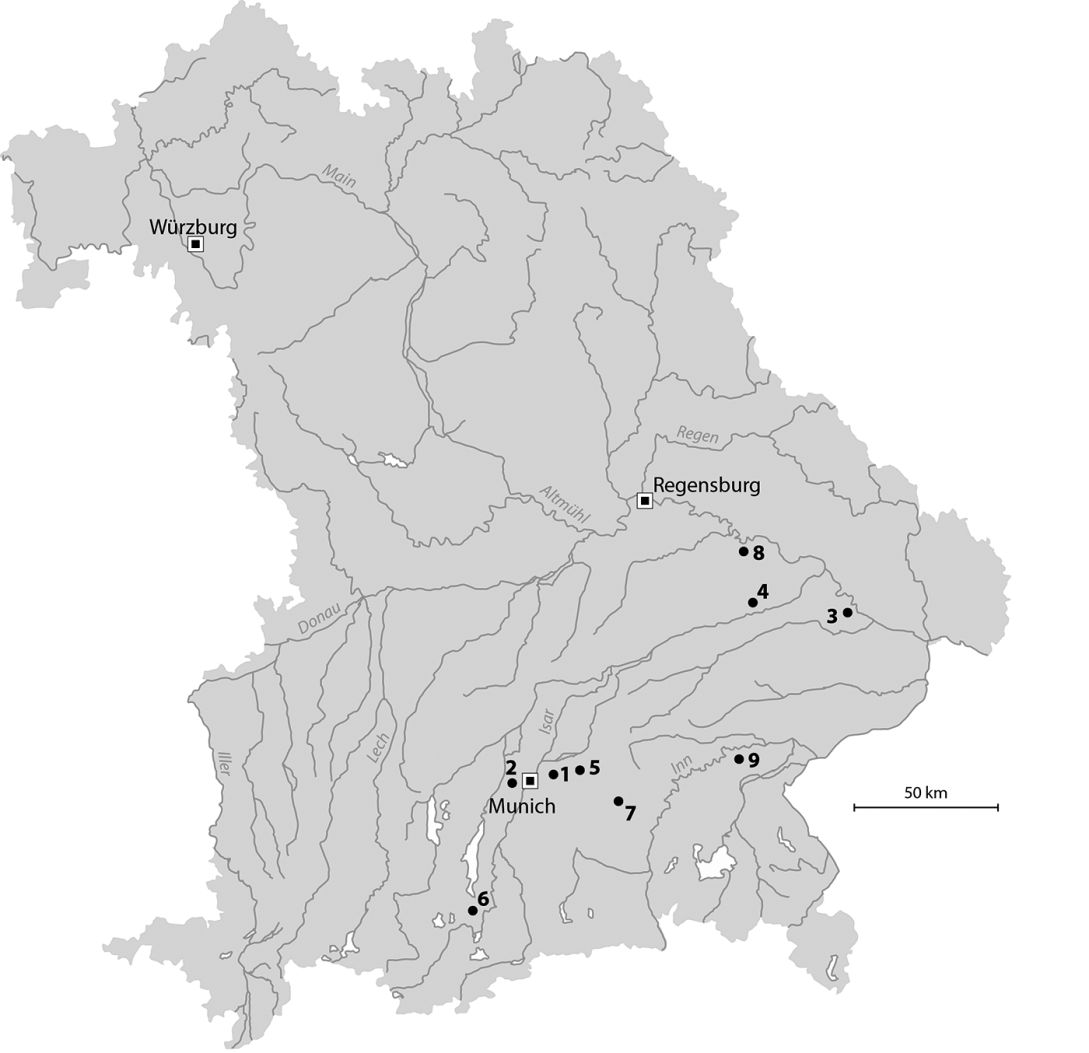Female warriors and ‘cross-dressing’ in early medieval Bavaria?
Some critical comments
DOI:
https://doi.org/10.35686/AR.2017.5Keywords:
Merovingian period, Bavaria, gender archaeology, burial rites, physical anthropologyAbstract
The graves of the Merovingian period in Central Europe show typical grave inventories which allow us to determine the sex (and not only the gender) of the buried persons with high accuracy. In the year 2000 a skeleton of the Alamannic cemetery of Niederstotzingen (Germany), which was equipped with weapons as a male component of the grave goods, was identified as female by DNA-analysis. This surprising result gave us a reason to investigate some skeletons of the Bavarian region, which seemed to be female by the morphology of the bones but also had weapons. We found no further ‘female warriors’, and recent investigations of the skeleton from Niederstotzingen carried out by other scholars have shown that it also belongs to a man. So we have no archaeological traces of women in the Early Middle Ages who filled the role as a warrior in life. This is also the case in view of the written sources. Surprisingly, in our Bavarian sample we found two persons with a male genotyp and beads from a necklace. These finds have to be interpreted with caution and we cannot be sure to find a proof of ‘cross-dressing’ in the Merovingian period.
Downloads












